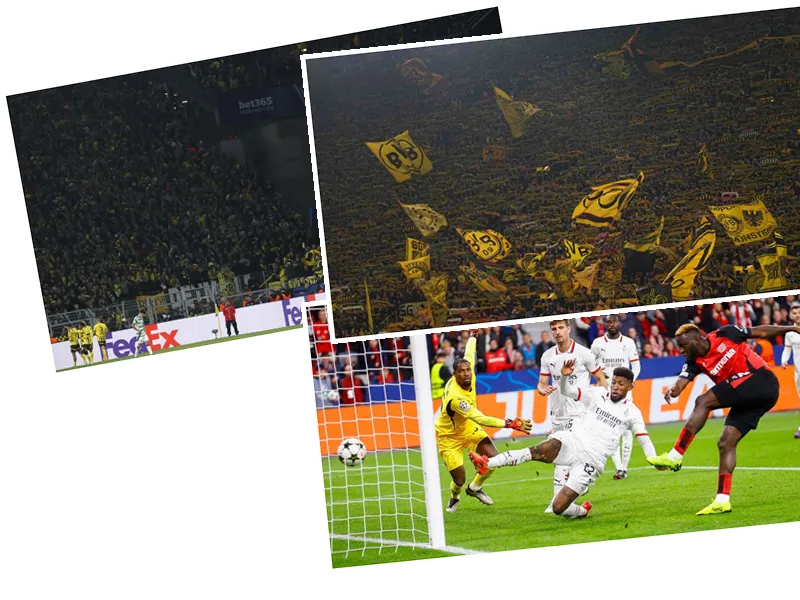The New Era of Champions League: A Comprehensive Overview
The revamped Champions League is set to commence with its first draw on Thursday at the Grimaldi Forum in Monaco. This season, the tournament expands to 36 teams, moving away from the traditional group stage format that has been in place for over three decades. Each team will play eight matches against different opponents - four at home and four away - in a league phase, which is a significant change aimed at increasing the number of guaranteed matches for clubs.
The teams will be divided into four pots based on their UEFA coefficients, with the defending champion, Real Madrid, leading the way in pot 1 alongside other football giants like Manchester City, Bayern Munich, and PSG. The draw will be a hybrid process, combining manual and digital methods to determine matchups while ensuring teams from the same country do not face off against each other.
The League Phase Structure and Match Schedule
The new league phase will run from September 17 to January 29, with matches held on Tuesdays and Wednesdays. The top eight teams will automatically advance to the round of 16, while those ranked ninth to 24th will enter a knockout playoff to secure their spots. Teams finishing between 25th and 36th will be eliminated, marking a decisive shift in how teams progress through the tournament.
In the event of tied points, classification will be determined by goal difference, followed by goals scored and other criteria. This season will mark the 70th edition of the Champions League, showcasing the evolution of European club football since its inception in 1955.
Upcoming Dates and Format Changes in Other Competitions
As the Champions League prepares for its new format, the Europa League and Conference League will also adopt similar league phase structures. The Europa League's first phase will run from September 25 to January 30, while the Conference League will kick off on October 3. The finals for these competitions are scheduled for May 21 in Bilbao and May 28 in Wroclaw, respectively. This unified approach across UEFA competitions aims to enhance the excitement and engagement of fans throughout the European football season.
- The Champions League has undergone several transformations over the years, responding to the evolving landscape of European football. The introduction of the league phase is a direct response to clubs' demands for more competitive fixtures and greater exposure on the international stage. The new format is expected to not only benefit the clubs but also enhance viewer engagement, as fans can look forward to a wider variety of matchups each season. In addition to the Champions League, the Europa League and Conference League are also embracing this new format, which will allow for more teams and matches, making European football more inclusive. This change reflects UEFA's commitment to adapt to the needs and expectations of clubs and fans alike.






